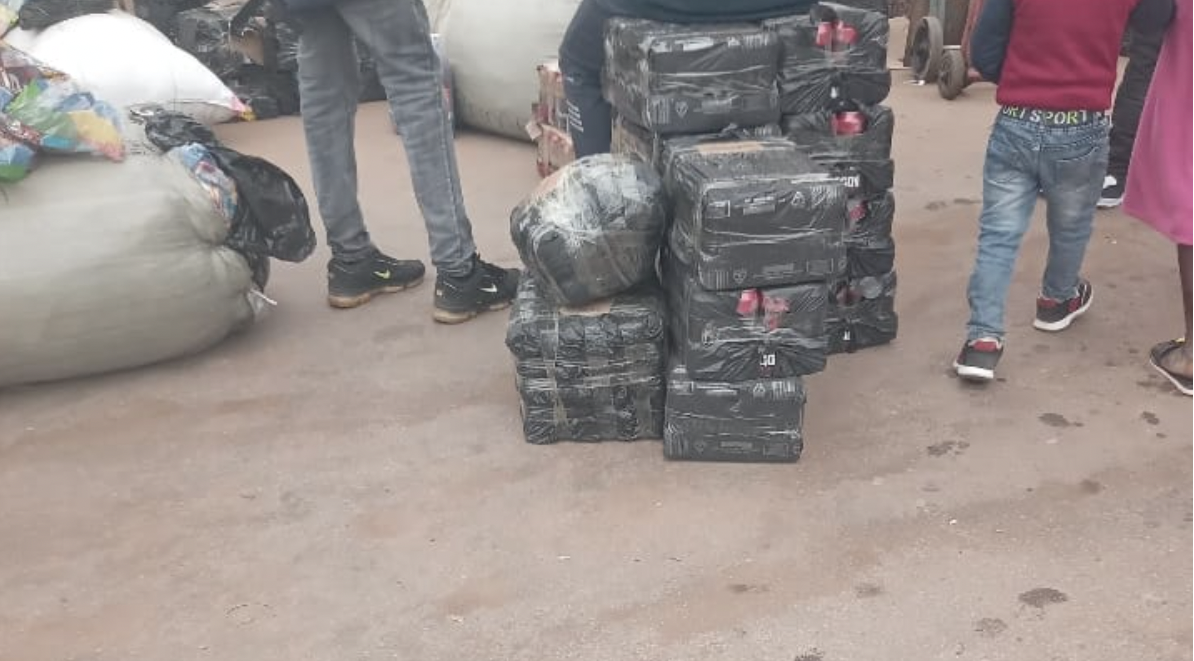
When the Capitec CEO recently questioned South Africa’s official unemployment figures, he ignited more than a media storm — he exposed a profound tension at the heart of how we track and understand the informal economy.
Stats SA quickly rejected the CEO’s data-led assertion, reaffirming the robustness of its methodology. Government departments were caught off-guard. Analysts and political figures stepped in to dismiss the hypothesis.
But the bigger story here isn’t whether the CEO was right or wrong. It’s the fact that he wasn’t guessing — he was referencing real transaction data from Capitec’s own network, which arguably has more visibility into South Africa’s informal economy than any state institution.
There is a well-documented paucity of reliable, last-mile data on South Africa’s informal economy — and, by extension, in the broader region. Figures about employment and informal trade vary wildly, not because of bad intent, but because the system simply doesn't capture the full picture.
The situation becomes even more complex when you zoom out to include South Africa’s neighbours in the SADC region — particularly non-SACU countries like Zimbabwe, Mozambique, Malawi, and Zambia. These are deeply interlinked with the South African economy, but operate largely through informal trade and mobility systems.
A recent insights project led by 2N16E across the region revealed just how invisible the movement of goods can be. Much of the cross-border flow of FMCG products — including drinks, snacks, household goods, and personal care items — occurs via small traders, taxi and bus networks, and informal wholesale linkages. These movements often:
While conducting our broader research, we observed a notable informal export pattern involving brands like Dragon Energy Drink. Although not the focus of the study, Dragon emerged as a perfect proxy for high-volume, low-visibility FMCG flow.
.png)
In numerous towns and informal markets across Zimbabwe and Malawi, Dragon was being consumed in large quantities — but with no official export data to support its presence.
This indicates:
The Capitec CEO controversy is a symptom, not an anomaly. It signals a broader truth: formal data systems are no longer sufficient for decoding economic realities in high-informality regions.
Key takeaways:
The informal economy isn’t a black box — it’s a dynamic network of human intent, mobility, and adaptation.
If we keep relying on only the tools of the formal economy to make sense of it, we’ll continue to misread risk, opportunity, and movement.
Sometimes, the truth isn’t in the stats.
It’s in the street, the taxi, the bottle crate — and the Dragon.